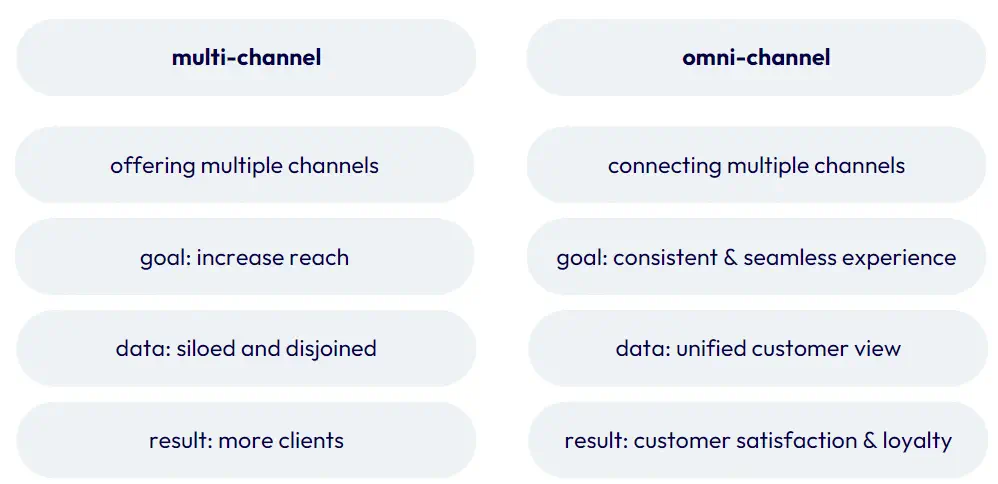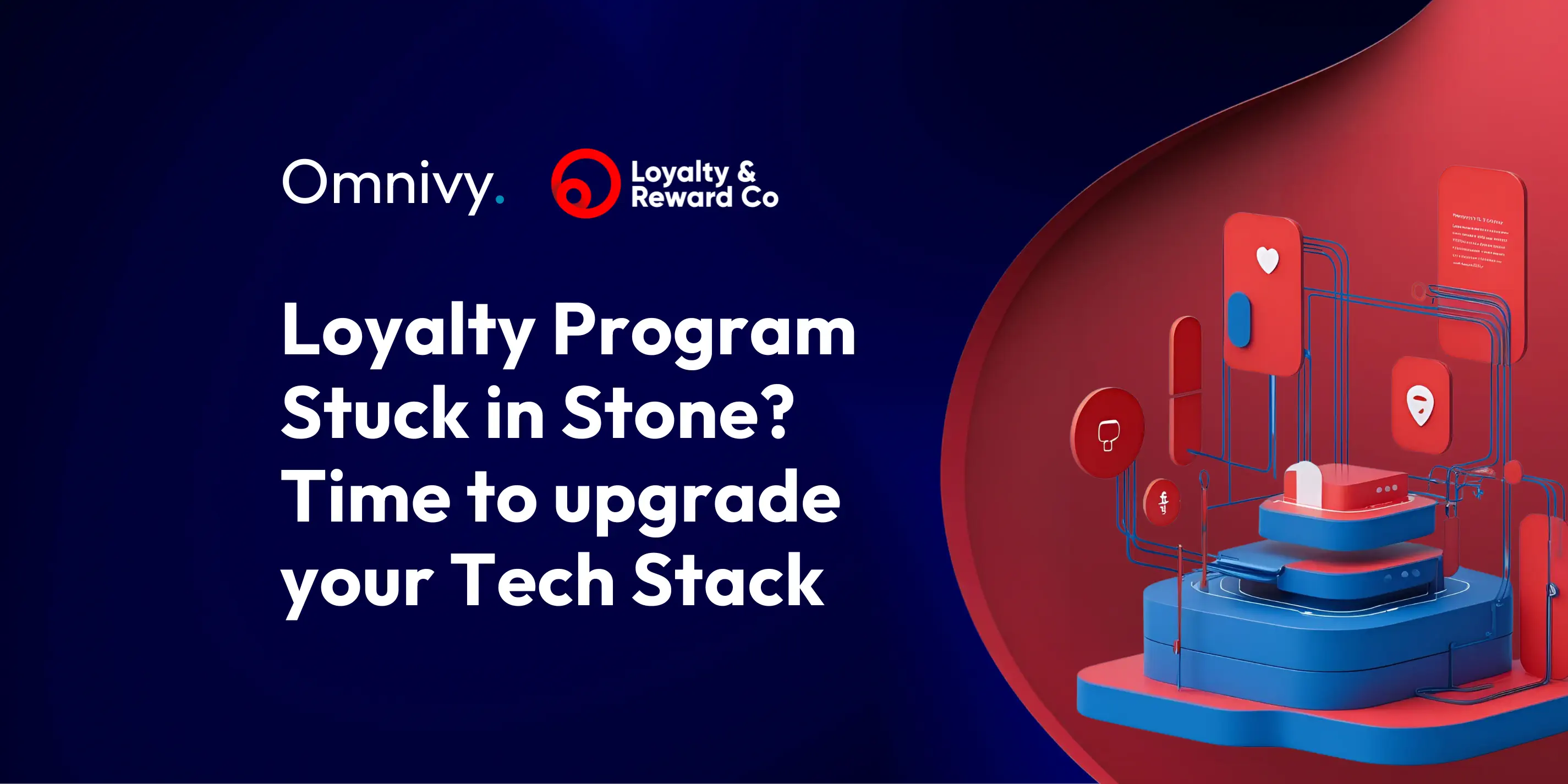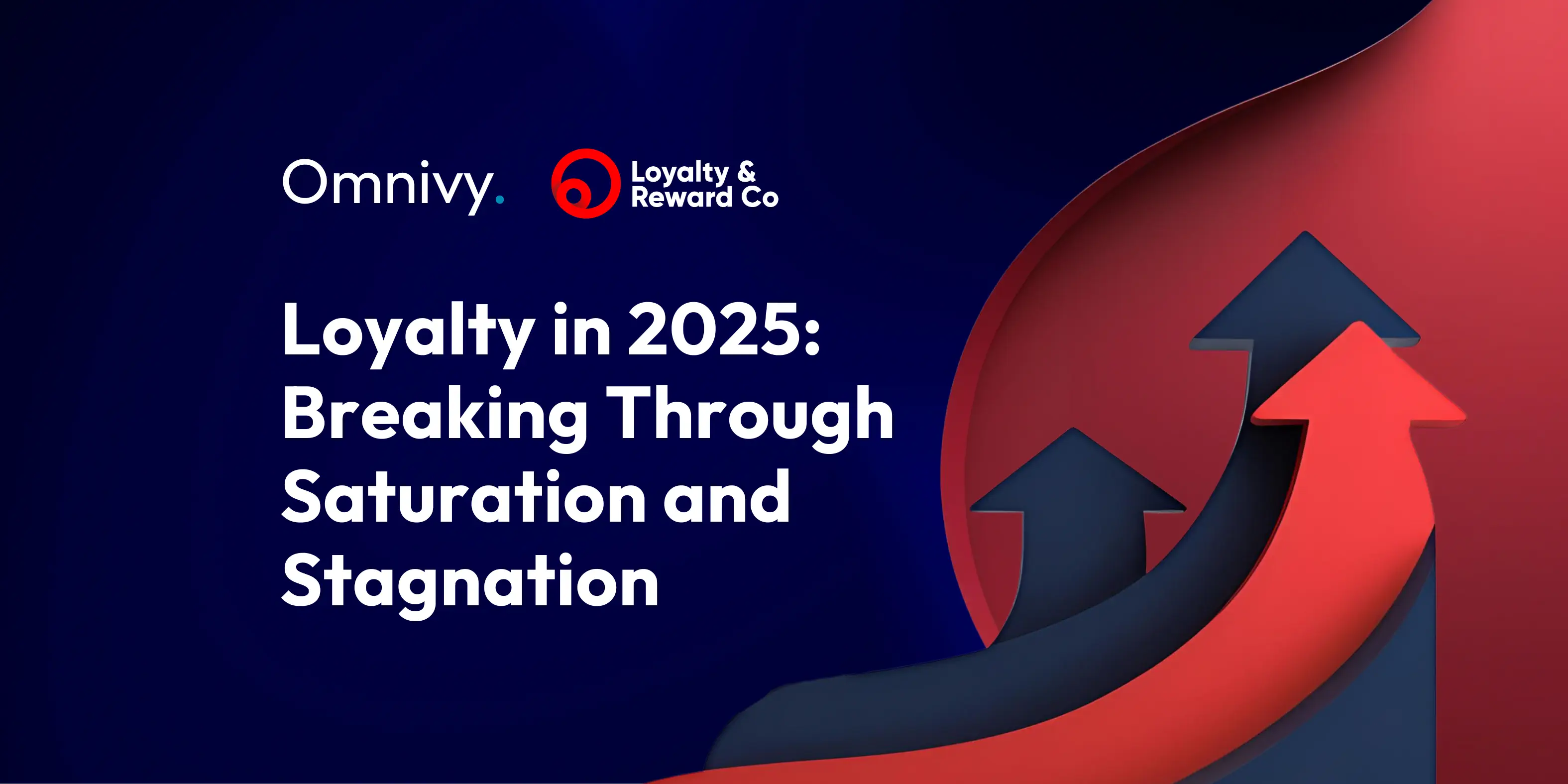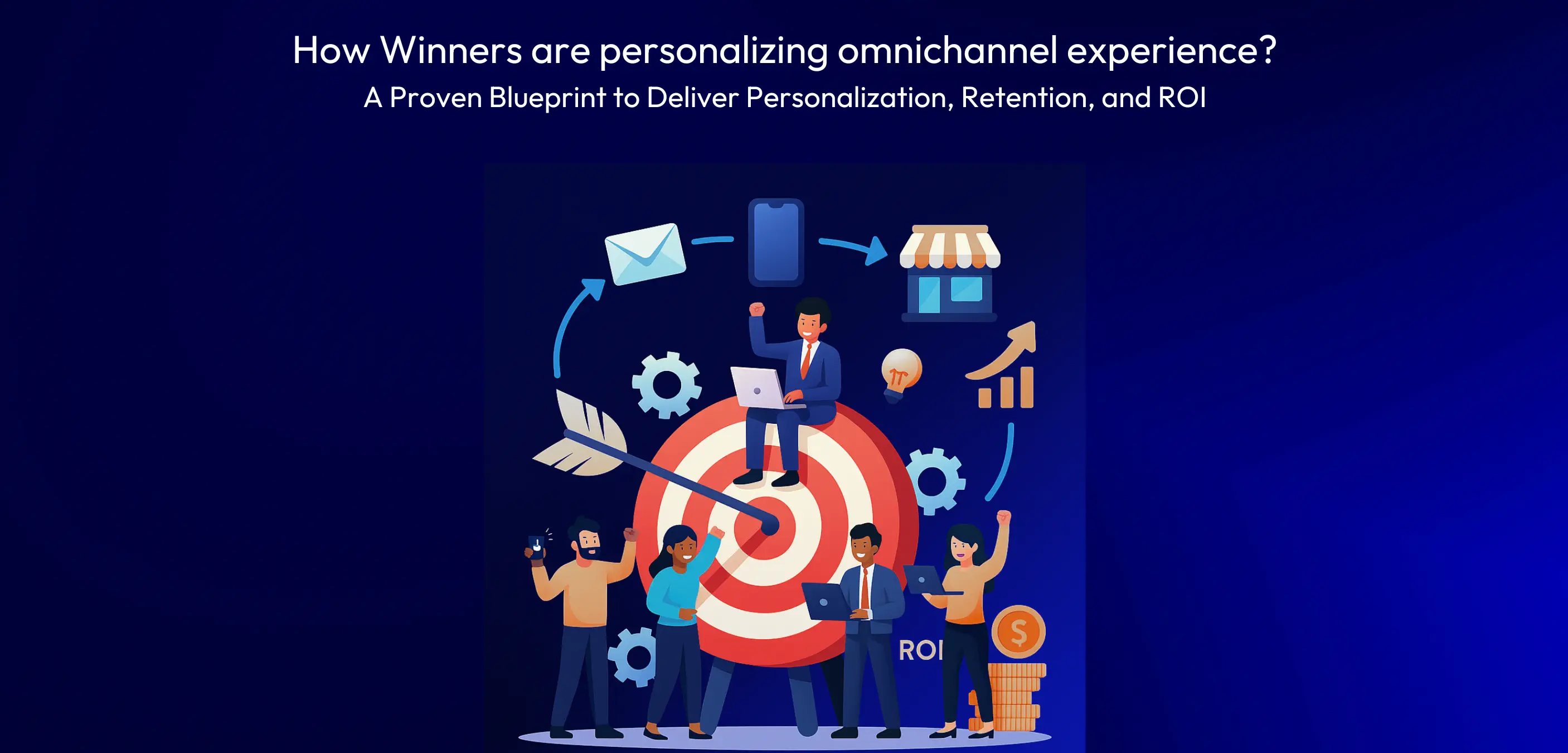In today's fast-evolving retail landscape, "omnichannel" has become more than just a buzzword— it's a fundamental strategy for staying competitive. But what exactly is omnichannel, how does it differ from multichannel, and why is it so challenging to implement?
This article will not only clarify these concepts but also provide you with a comprehensive roadmap to successfully integrate omnichannel into your organization.
Omnichannel vs. Multichannel: A Deep Dive
To truly grasp the significance of omnichannel, it's crucial to first understand how it differs from multichannel approaches.
-
Multichannel: This approach involves engaging customers across various channels—online, in-store, mobile, social media, etc. However, each channel often operates in isolation. For example, a customer might receive different information and experiences depending on whether they interact with your brand on Instagram, in an email, or in a physical store. Multichannel is essentially about presence—it’s ensuring that your brand is where your customers are, but it doesn’t necessarily ensure a seamless experience across those platforms.
-
Omnichannel: On the other hand, omnichannel is about integration. It’s not just about being present on multiple channels, but about connecting those channels to provide a unified, consistent customer experience. Imagine a customer who starts browsing products on your website, adds a few to their cart, then visits your physical store to see them in person. With an omnichannel approach, their online cart is accessible in-store, and sales associates are aware of their browsing history and preferences, providing a tailored shopping experience.

Real-Life Example: Look at brands like Starbucks. Their omnichannel strategy allows customers to order through an app, customize their drinks, and pick them up in-store or via drive-thru without missing a beat. Whether you’re using the app, website, or visiting a physical location, your experience is consistent, and your preferences are remembered across platforms.
Key Takeaway: The omnichannel approach is about removing barriers between channels, ensuring that customers have a fluid, personalized experience no matter how they interact with your brand.
Why is Omnichannel a Game-Changer?
Omnichannel isn’t just a trend—it’s a fundamental shift in how businesses interact with customers. It has a great impact on Customer Experience:
-
Today’s customers expect a seamless shopping journey, where they can pick up right where they left off, regardless of the channel. Convenience is crucial—55% of Loyalty Enthusiasts agree that features making shopping easier are key drivers of loyalty (Eurostat & Visa: Loyalty Redefined 2024).
-
When customers are consistently recognized, and their rewards and benefits are always accessible, they feel valued, which significantly boosts loyalty.
-
If the experience is personalized, Customers feel the value in sharing the data and continuing the relationship with the retailer. Highly personalized experiences make customers 110% more likely to add items to their basket and 40% more likely to exceed their planned spend (Boston Consulting Group).
Obviously, happy customers means happy business. The most important results of introducing seamless customer journeys within the organization are:
-
Increased Revenue: Research shows that omnichannel customers spend more per purchase than single-channel customers - they are more likely to buy when they have multiple options and touchpoints to complete their purchase journey. They also tend to have higher lifetime value because of their loyalty. According to a study by Forrester Research, companies that excel in customer experience grow revenues five times faster on average than their competitors.
-
Improved Customer Loyalty: We all know reward programs can boost customer loyalty, but they're just the beginning. The real magic happens when customers feel valued through a seamless, personalized experience. Imagine customers enjoying a smooth shopping journey with tailored offers and recommendations—whether on their couch or on-the-go. When rewards are easily accessible across all channels and service feels VIP, it’s a game-changer. This is what drives repeat purchases, glowing reviews, and brand recommendations. So yes, rewards matter, but it’s the seamless experience that truly keeps customers coming back.
-
Data-Driven Insights: more quality data means smarter decisions and better investments. Omnichannel strategies provide richer customer data, helping businesses refine their marketing, sales, and service strategies.
-
Competitive Advantage: In a saturated market, a well-executed omnichannel strategy can differentiate your brand, offering something competitors might not—a truly integrated and customer-centric experience.
An Actionable Plan for Implementing Omnichannel
To successfully implement an omnichannel strategy, it's essential to take a structured approach that aligns your entire organization, integrates the right technology, and prioritizes customer experience. This process requires careful planning and collaboration across departments, ensuring that all channels work together to create a seamless and personalized customer journey.
Below, we break down the key steps to help you navigate this complex yet rewarding transformation.
Step 1: Collect Consistent, High-Quality Data Across All Channels
The foundation of a successful omnichannel strategy lies in collecting consistent, high-quality customer data across all channels. Loyalty programs are pivotal here, as they incentivize customers to identify themselves at every touchpoint in exchange for rewards. This self-driven identification ensures the accuracy and completeness of your data, which can then be unified across channels using CRM or CDP systems. By leveraging this data, retailers can personalize experiences and make data-driven decisions that enhance the overall customer journey. Additionally, loyalty programs offer unique opportunities for zero-party data collection through gamified challenges, surveys, and progressive profiling, all of which can be used to further refine customer insights.
Step 2: Ensure Consistent Recognition & Promotions Across Channels
A seamless omnichannel experience demands that customers receive consistent recognition of their status, privileges, and benefits across all channels. This consistency is crucial for building trust and loyalty. The role of a centralized loyalty and promotion engine cannot be overstated—it allows you to centralize promotional logic, removing it from disparate transactional systems like POS, e-commerce, and mobile commerce. By doing so, you ensure that every customer interaction, whether online or in-store, reflects the same offers, special deals, and privileges. This unified approach not only enhances the customer experience but also simplifies the management of promotions, making it easier to adjust and optimize offers in real-time based on customer behavior and market trends.
Step 3: Provide Consistent Messaging Across All Touchpoints
Omnichannel success hinges on delivering a consistent message across all customer touchpoints. This requires a robust integration of your CDP, marketing automation, transactional systems, and data warehouse to create a single source of truth for all customer communications. Centralizing outbound messaging—both transactional and marketing—ensures that every interaction aligns with your brand’s tone, visuals, and messaging strategy. By avoiding siloed communications, you can deliver personalized, context-aware messages that resonate with your customers regardless of the channel. This level of consistency builds trust and reinforces brand loyalty, as customers receive coherent and relevant messaging tailored to their individual needs and preferences.
Step 4: Personalize Experiences Based on Customer Behavior
Personalization is at the heart of an effective omnichannel strategy. By integrating data analytics and AI, you can tailor customer experiences based on their previous behaviors and preferences. Loyalty programs provide a wealth of data that, when combined with broader marketing analytics, offers a comprehensive view of customer behavior across all channels. This data-driven approach enables real-time personalization, ensuring that customers receive relevant offers and recommendations at the right moment. Implementing advanced analytics allows you to track the success of your omnichannel efforts, continuously refine your strategy, and identify new opportunities for engagement. The ability to deliver highly personalized experiences not only drives customer satisfaction but also increases the likelihood of repeat purchases and long-term loyalty.
Step 5: Simplify Your MarTech Stack for Greater Agility
A simplified, well-integrated MarTech stack is essential for sustaining an efficient omnichannel strategy. In today’s rapidly evolving digital landscape, your technology must be flexible, composable, and future-proof. Focus on building a MarTech stack that is API-first, role-oriented, and capable of seamlessly integrating emerging technologies like AI, machine learning, and IoT. By designing your tech stack as a composable system of best-of-breed tools, you enable greater agility in adapting to new channels, technologies, and customer expectations. This approach not only future-proofs your omnichannel strategy but also ensures that your organization can quickly respond to changes in the market, providing a competitive edge. Moreover, a composable MarTech stack allows for easier maintenance and scaling, reducing operational complexity while enhancing the overall efficiency of your omnichannel initiatives.
Conclusion: The Future of Retail is Omnichannel
Transitioning to an omnichannel strategy is no small feat, but the rewards are substantial. By breaking down silos, integrating systems, and focusing on the customer experience, you can create a seamless, engaging experience that drives loyalty and revenue. The future of retail is omnichannel, and those who master it will lead the way.
If you want to learn more, watch our on-demand webinar with Open Loyalty, where we dive deep into the strategies discussed here:
 https://www.openloyalty.io/events/webinar-retail-loyalty-programs
https://www.openloyalty.io/events/webinar-retail-loyalty-programs
To take your omnichannel strategy to the next level, Omnivy is here to help you at every step of the journey. Whether you’re just starting to collect customer data or looking to integrate and simplify your MarTech stack, our expertise ensures a seamless, personalized experience for your customers.
Reach out for a personalized consultation to see how we can tailor solutions to your specific needs. Let’s build your omnichannel success together!




